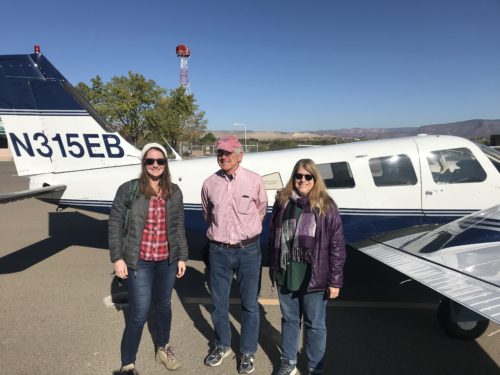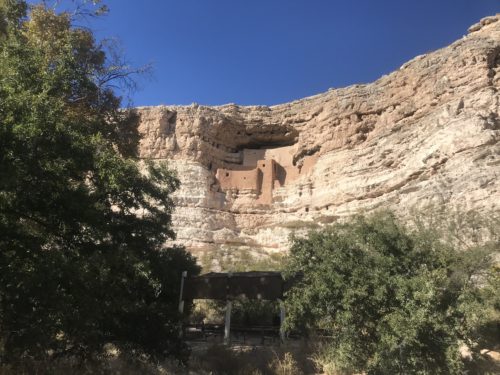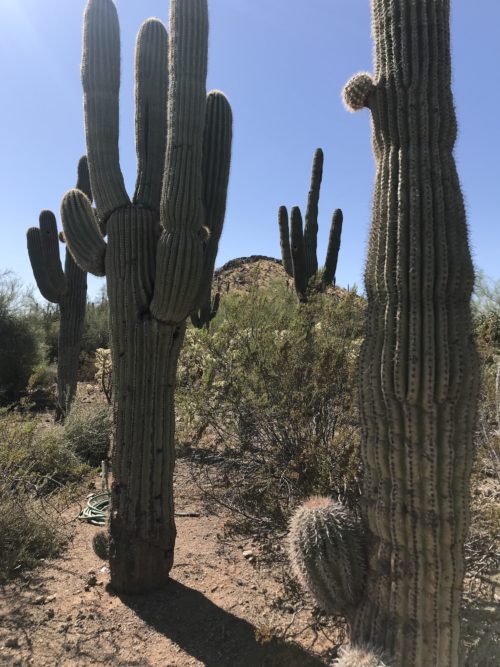The Verde River Workshop
Bill Dennison ·

I was asked to provide a few summary comments at the end of the Verde River conference. I provided three observations and read a poem that I had composed for the occasion. The observations are as follows:
- The Verde River report card project has come a long way, over a relatively short time period. Stakeholder-driven, multi-sectoral report cards typically take 18-24 months to complete in our experience. The Verde River report card project is not even one year old, yet a complete draft of indicators and thresholds has been produced. With multiple metrics for indicators of water, habitat and communities, chasing down diverse data takes considerable effort. I recommend that the Verde River report card team maintain the momentum and get it done, but ensure that they get it done right.
- The Verde River team has developed a good engagement process through multiple workshops and this conference. In addition, activities between workshops to obtain and analyze data have been effective. A report card needs multiple champions, and the Verde River team has many champions, including local elected officials, scientists, and advocates. The report card team is an “A Team” of effective people from the Friends of the Verde River, The Nature Conservancy, and the University of Maryland Center for Environmental Science (UMCES). And, importantly, the team has been having fun along the way, with two recent evening sessions featuring food, drink and live music as examples.
- The Verde River is a nationally significant region for several reasons. a) The level of cohesive stakeholder engagement is quite unique. b) In a recent partnership with the U.S. Geological Survey, our UMCES team has been exploring the ramifications of ecological drought throughout the United States and its territories. We learned that drought is ubiquitous throughout the United States, exacerbated by climate change. The Verde River approach to coping with drought can become a national model. c) The designation of various stretches of the Verde River as a “Wild and Scenic River” is nationally significant.
The people actively involved with the Verde River project rarely have an opportunity to step back and check in with each other as to the report card’s overall progress. This self-reflection is invaluable, and coming into the project during its latter stages creates an opportunity for me to provide a perspective on the project. The following poem describing my observations includes a reference to Jane Russell-Winiecki and Kim Schonek.
Something Special Going On
30 Oct. 2019
William C. Dennison
There is something special going on,
The Verde is experiencing a new dawn,
From Chico to Sedona, Camp Verde to Cottonwood,
People gathering to talk about what is bad and good.
Discussing indicators and metrics for a report card,
Some of it is easy but some it is hard,
But that doesn’t deter the report card team,
They have built up a good amount of steam.
Finding data for water, habitat and communities,
Providing stakeholders with input opportunities,
Working across the entire Verde watershed,
Generating scores with colors from green to red.
Jane says “As long as the river flows, life will be good”,
There will be water for life and for livelihood.
Kim says “Employing a highly collaborative process
Can form partnerships of amazingness”.
Although I will soon be gone,
I now know the Verde is experiencing a new dawn,
There is something special going on!




About the author
Bill Dennison

Dr. Bill Dennison is a Professor of Marine Science and Vice President for Science Application at the University of Maryland Center for Environmental Science.

